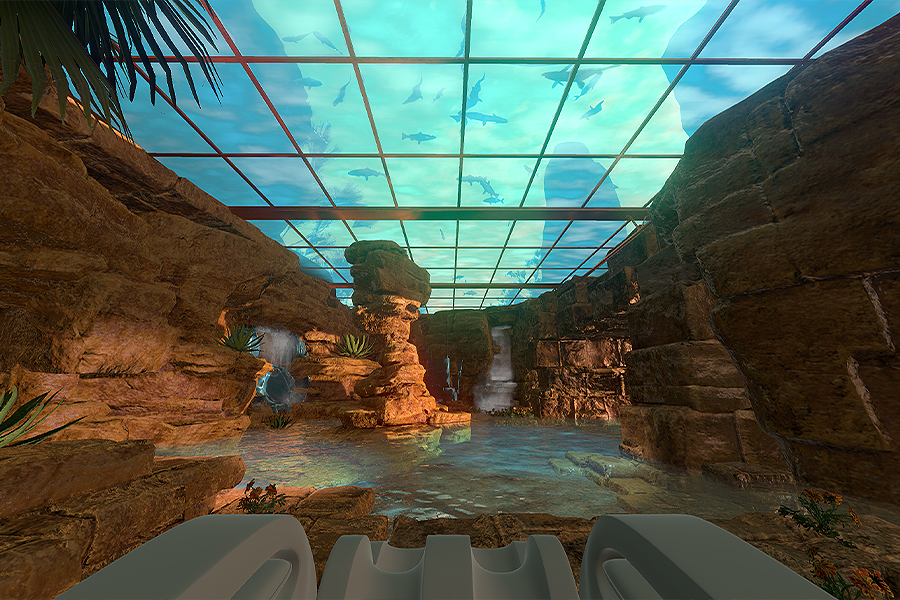At The WXO, we want to connect the dots across the Experience Economy and across the globe – so each week, we’ll be bringing you our round-up of the experiential stories that we think reveal something interesting, relevant or transferrable about the Experience Economy.
Welcome to the latest Experience Radar, where we’re searching for Paddington (and his marmalade sarnies) in London, being dazzled by street graffiti at Colors Festival, and learning about the healing power of games.
1. Paddington Gets The Immersive Treatment
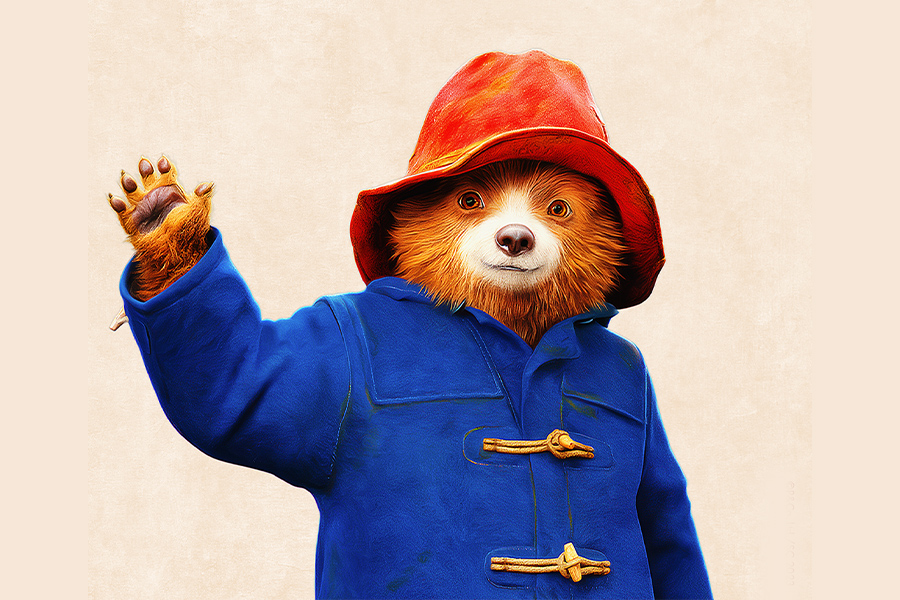
Having played a starring role in the late Queen’s Platinum Jubilee celebrations last summer, Britain’s favourite marmalade-loving bear is getting the immersive treatment via a dedicated experience at County Hall in London. As reported by The Guardian, the world of Michael Bond’s Paddington is to be re-created for an immersive theatre experience this year. The Paddington Bear Experience will unfold across a 26,000 sq ft space in County Hall and will feature a series of interactive rooms that visitors can snoop around in, with production design from Immersive Octopus, the collective behind Peaky Blinders: The Rise.
Written by Katie Lyons, the experience is built around helping the Brown family prepare for a special occasion at 32 Windsor Gardens, where Paddington settles after arriving from Peru, and will include a multi-sensory, interactive mix of games, live performance and video content suitable for all ages. Designer Rebecca Brower of Path Entertainment Group took inspiration from the two live-action Paddington films when creating the experience, and has sought to bring a similar dose of magic to the often-drab Big Smoke. We like the sound of the themed food offering, which we hope includes marmalade sarnies.
2. Quiet Luxury Trend Amps Up
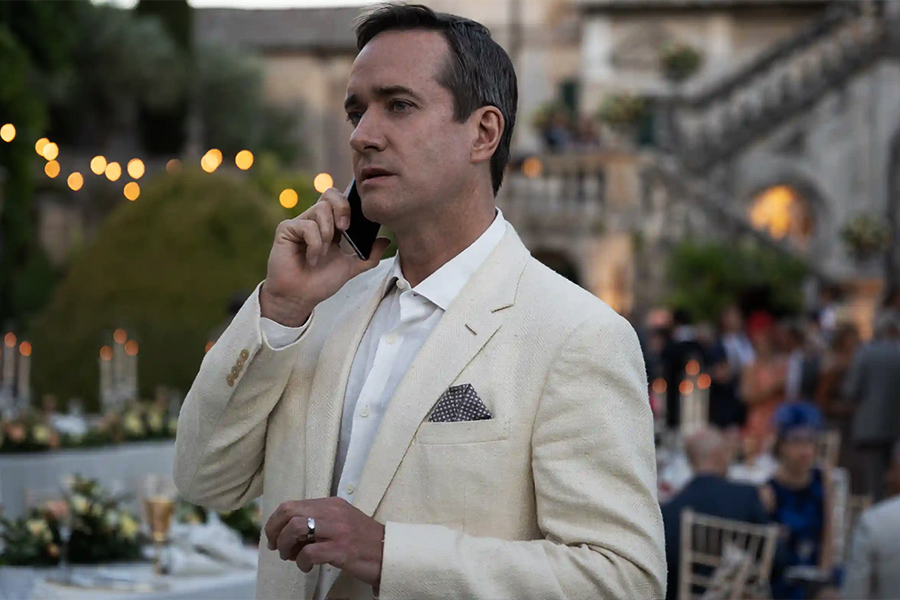
While we recently reported on the trend for revenge raving and outlandish opulence among those keen to stick two fingers up at the cost of living crisis, a more understated movement has also been bubbling away: that of quiet luxury. As reported by Wunderman Thompson, the trend has emerged in response to our troubled times, when flashing cash and flaunting designer labels looks crass. Celebs and the uber rich are dialling down the bling, losing the logos and dressing with an air of stylish sophistication. Fashion houses are responding in kind with collections that whisper rather then scream their luxury credentials.
While office peacocking may be in, fashionistas are looking to the well-tailored suits in Succession and the cashmere jumpers and Prada combat boots rocked by Gwyneth Paltrow during her recent courtroom appearance for ‘quiet luxury’ inspiration. There’s an element of smug complicity about the trend, with those in the know able to clock quiet luxury fashion cues a mile off. Logo flaunting is so passé it was recently taken up in Succession when Cousin Greg’s date was mocked for bringing an oversized plaid Burberry bag to a Roy family event. Standing out for your fashion credentials right now is all about blending in.
3. Colors Festival Makes A Splash In UK
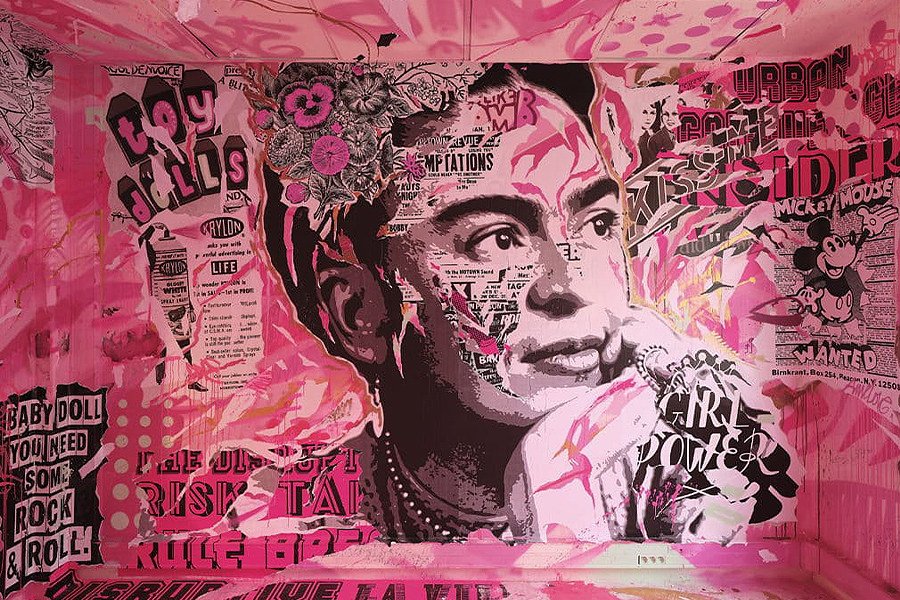
Hazing blazed a bright trail in Paris earlier this year, Colors Festival is coming to the UK, where it will make both Manchester and London its home. For the Manchester leg, the street art extravaganza will be showcased at the Regent Retail Park, an 800 square metre space in Salford. Featuring works from over 40 established and emerging street artists from around the globe – including Mancunians Qubek and Ethan Lemon – and spanning a variety of style and mediums, the festival will feature street graffiti, powerful paintings, inspiring illustrations and dynamic photography.
Put on by Fever, the exhibition, which is suitable for all ages, is organised by colour, with large-scale rooms dedicated to red, pink, blue and ultraviolet-based works. The red section is reserved for local artists, highlighting the festival’s commitment to supporting and celebrating home-grown talent. In London the festival will take over Camden Market’s Hawley Wharf and looks set to rival the Paris show, which featured works emblazoned with famous faces from Frida Kahlo to Millie Bobby Brown, attracting over 100,000 visitors.
4. Proactive Rest Is The EE Trend We’re Here For
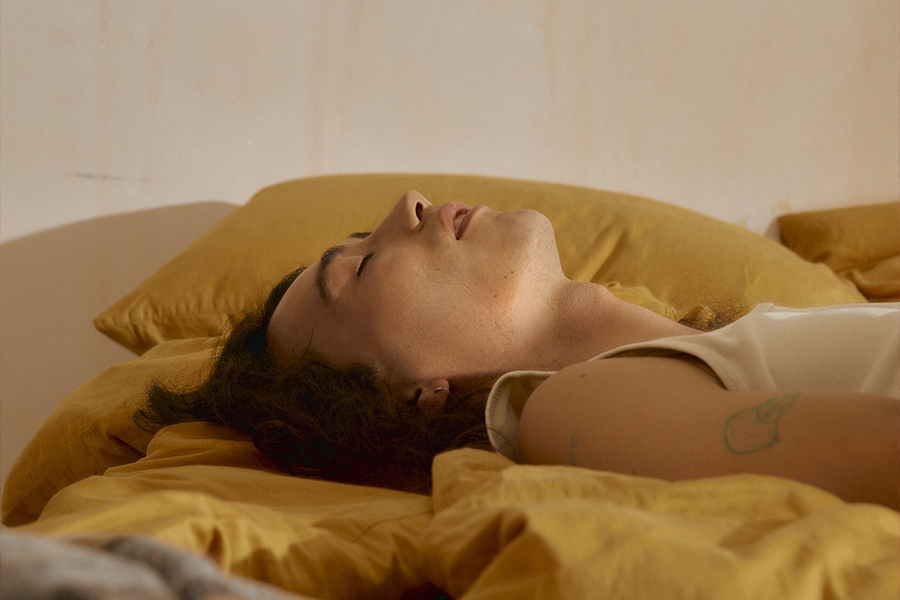
We recently reported on the growing trend for office peacocking in a bid to lure workers back behind their desks, and now a new employee experience trend seems to be taking hold that we’re very much on board with: mindful perks. As reported by CNBC, according to HR experts, employers will be taking rest more seriously and offering their staff periods of ‘proactive rest’ to keep them happy, energised and committed. Switched-on firms are leaning into new working models to help employees “maintain their emotional resilience”. Mattress firm Wakefit has a ‘right to nap’ policy where no work is done between 2-2.30pm to encourage staff to kip.
The US is notorious for its paltry paid holiday allowances for employees, who often feel guilty about taking any of their allotted days off. In a bid to move away from our always on working culture, fostered by home working and having access to emails on our smart phones, proactive rest is all about protecting meeting-free days and shutting down operations for a weeklong company-wide holiday. HR specialist Brent Cassell believes it’s time to reframe how firm’s view rest and recharging. “Rest is not the absence of performance. It’s part of performance,” he says. With burnout at an all-time high around the globe, this shift in seeing rest as a business priority is long overdue.
(For more on the importance of designing rest into our daily lives – and how this might translate to how we design experiences – check out The Transformative Power Of Time Well Designed with Silicon Valley consultant Alex Soojung-Kim Pang.)
5. Luxury Retail Is Soaring In Europe
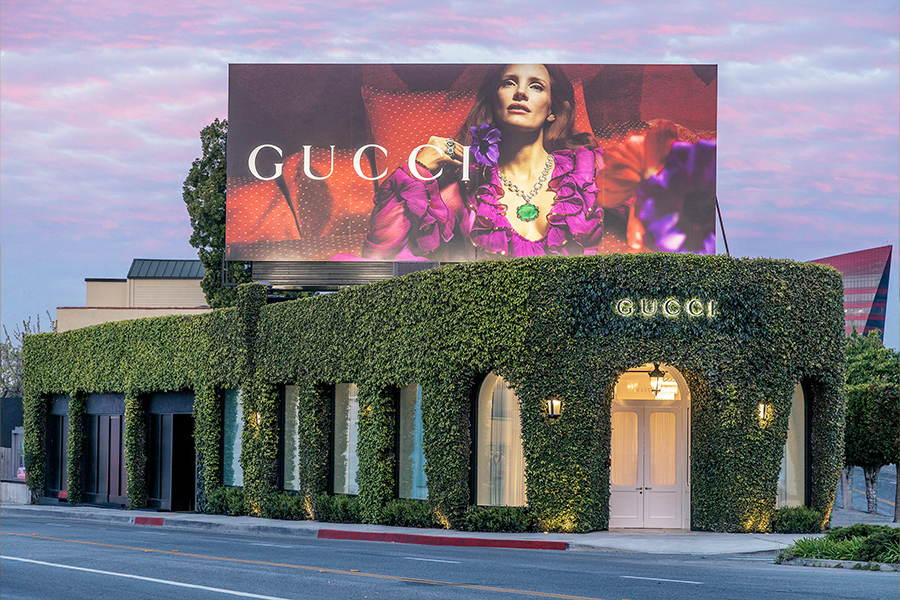
While much ink has been spilt about the death of the high street, luxury retail is booming right now, if the latest figures from Savills’ Global Luxury Report are anything to go by. According to the report, luxury store openings in Europe were up by an impressive 77% last year, as high-end consumers returned to brick-and-mortar destinations with post-pandemic savings to burn through. The firm also put the new openings surge down to a return of international visitors to Europe. Globally, there was an 11% rise in new luxury store openings last year as the market continued to outperform the wider retail sector.
Luxury brick-and-mortar retail is also on fire in the Middle East, which enjoyed a 125% uplift in new openings last year as high-end brands turned their attentions to underserved affluent markets like Dubai and Doha. While growth opportunities have expanded beyond the traditional ‘global’ cities, China continues to dominate the market, accounting for 41% of all new openings last year. “While we’ve seen a strong number of openings across traditional luxury markets, what has become increasingly clear is that brands are now open to a wider variety of locations, a trend we expect to continue,” Marie Hickey, commercial research director at Savills, said.
6. Lego Legend Lands In Atlanta
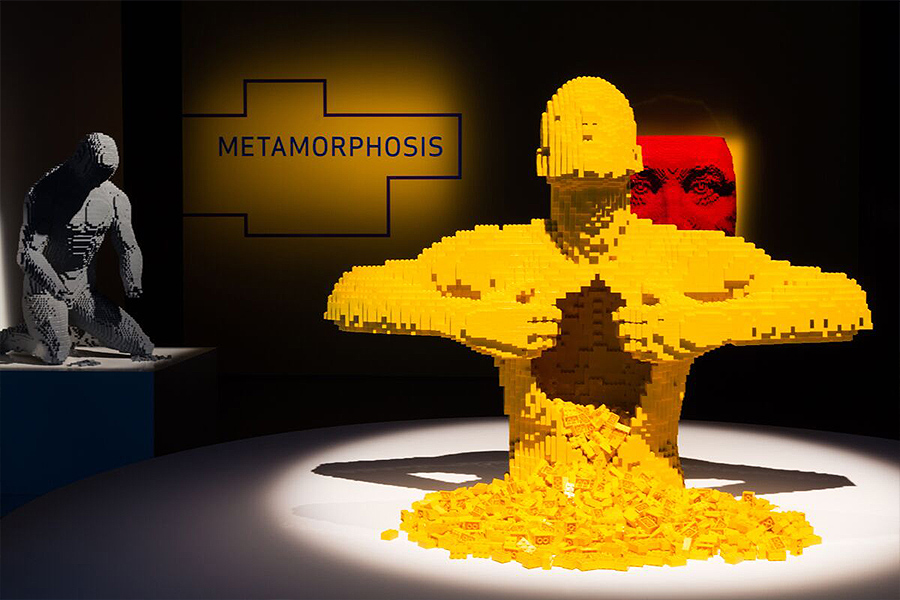
Atlanta-based Lego lovers listen up! Travelling exhibition The Art of the Brick has landed at the Exhibition Hub, Atlanta Art Center. The show is the brainchild of former New York-based corporate lawyer-turned-contemporary artist, Nathan Sawaya, who has turned Lego building into an art form. His creations take inspiration from a number of artistic movements, from Pop Art to Surrealism. Thus far, his touring show, which features sculptures that play with matter, colour, movement and light, has been enjoyed by over 10 million Lego fans.
The Atlanta leg of the tour is the first to feature a digital element via immersive rooms that allow visitors to experience Sawaya’s iconic artworks with video mapping, 360-degree projections and moving installations. You can expect everything from human figures and landscapes expertly assembled brick by brick to toys, games and everyday items like umbrellas turned into works of art. Among the must-see pieces is Sawaya’s best-known work, Yellow, a six-foot-five sculpture of a male figure ripping open his chest to reveal hundreds of yellow Lego bricks that reflect their warm glow onto the gallery walls.
7. How Games Can Heal Us
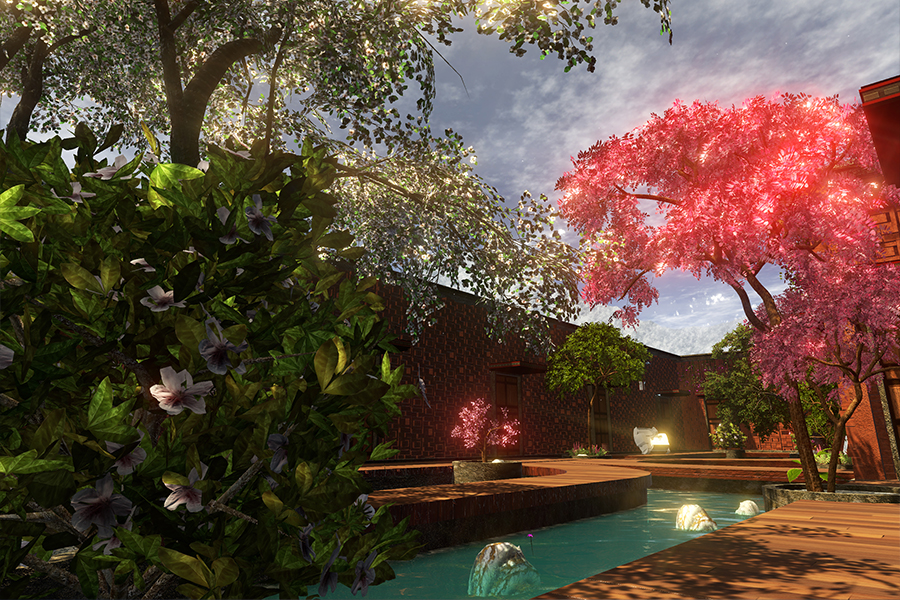
Mike Wilson, co-founder of DeepWell Digital Therapeutics, is on a mission to shine a light on games that can have a positive effect on mental health and wellbeing. As reported by Venture Beat, Wilson has launched a nonprofit group and publication that highlights the connection between games and healing. The goal is to spark new conversations and illuminate the art and science of beneficial media, with an emphasis on mental health. “The importance of digital media as a tool for healing in the ongoing mental health crisis cannot be underestimated,” Wilson told GameBeat.
The publication features stories that help readers understand how to best consume, create and use digital media more mindfully. “Our stories cover media that’s been designed for wellness, like video games that can offer therapeutic treatment, playlists created by music therapists, and apps meant to assist with meditation, but also everyday art that can be enjoyed in evidence-based ways for better health,” said executive editor Elizabeth Seward. Medicinal Media is also building a collective of firms with common interests to share best practices and move the digital therapeutics industry forward.

